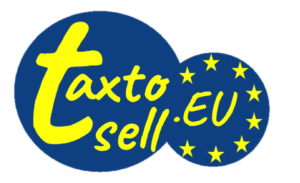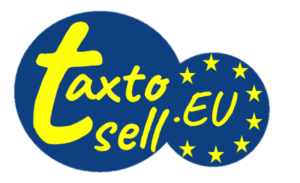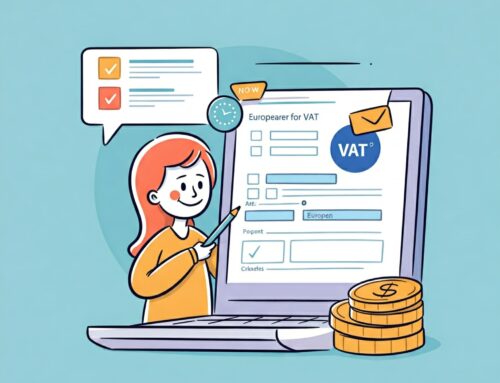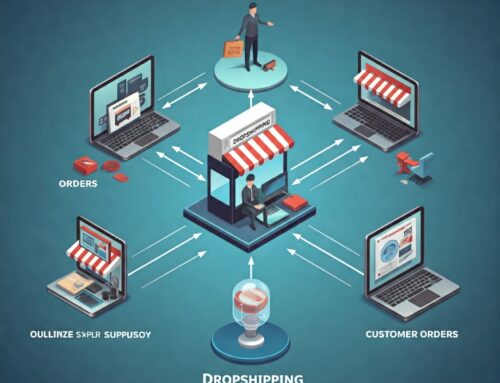This article has been written after the the substantial change in VAT regulation of July 2021.
Entering the European market is an excellent opportunity to expand your digital business. However, navigating the complex VAT system can be challenging. This guide will help you understand the basic requirements and plan your tax strategy.
🌍 Understanding the European Market
Europe is a diverse and regulated market, where VAT (Value Added Tax) plays a crucial role in commercial transactions, including the sale of digital services. Each country has its own rates and rules, but there are general guidelines set by the European Union.
📋 Basic Requirements for Selling Digital Services
- VAT Registration: Before you start selling, you might need to register for VAT in the destination country or use the EU’s OSS scheme.
- Correct Invoicing: Your invoices must comply with local VAT requirements, including the correct rate and your company details.
- VAT Declarations: You must submit periodic VAT declarations, either in each country where you sell or through the OSS system.
💼 Tax Strategies to Optimize Your Presence in Europe
- Choose the Right Country for Your VAT Registration: Some countries offer simpler processes or tax benefits for foreign companies.
- Use the OSS Scheme: Simplify the declaration and payment of VAT for digital services across the EU with a single quarterly declaration.
- Understand Exemptions and Reductions: Some services or customers may be exempt from VAT or subject to reduced rates.
🚀 Expanding Your Digital Business
- Know Your Market: Research the preferences and needs of your customers in Europe.
- Smart Pricing: Include VAT in your prices in a way that remains competitive without reducing your profit margins.
- Stay Updated: VAT laws change; make sure you’re up to date with the latest updates.
🔍 Success Stories and Case Studies
Including real examples of South American companies that have successfully expanded into the European digital market can be very inspiring and educational.
📚 Useful Resources and Tools
- Links to official EU sites and national VAT agencies.
- Billing and accounting tools that facilitate VAT compliance.
- Online forums and communities for digital entrepreneurs.
Understanding VAT Obligations for Services Sold from Outside Europe
When selling services from outside Europe to clients in the EU, it’s crucial to understand how VAT rules apply, as they vary depending on the type of service offered and the client being sold to. There are two main scenarios:
1. Digital Services: Using the OSS
Digital services include eBooks, music, videos, games, software and software updates, cloud computing and hosting, online advertising, online platforms, automated distance teaching, access to data and databases, and telecommunication services sold to end consumers in the EU.
For these services, companies outside the EU can opt to register for the Non-Union OSS, allowing them to declare and pay VAT for all their sales to end consumers in the EU through a single quarterly return. This significantly simplifies the process, avoiding the need to register for VAT in each EU member state where they have customers.
2. Non-Digital Services: Reverse Charge and Local Declaration
For non-digital services, such as marketing, consulting, design, and legal services, the situation is different. These services, when sold to businesses in the EU, are generally subject to the reverse charge mechanism. This means it’s not the seller, but the buyer (the business in the EU), who is responsible for declaring and paying the VAT to the local tax authorities.
However, when these services are sold to end consumers in the EU, the selling company outside the EU might need to register and declare VAT in the consumer’s member state, unless a specific exemption applies. This process can be more complex, as it may require registration in multiple countries depending on where the consumers are located.
How Does the Reverse Charge Work?
The reverse charge mechanism is primarily applied in B2B (business-to-business) transactions within the EU. Under this mechanism, the seller issues an invoice without VAT, and it’s the buyer who must self-account for the VAT, declaring it as if they were the seller but deducting it at the same time as input VAT in their VAT return, neutralizing the VAT impact on the operation.
Conclusion
Selling digital services in Europe is a great opportunity, but it requires careful tax planning and management. With the right strategy, you can successfully expand your business into this market. Stay informed, seek professional advice when necessary, and take advantage of available tools and resources to ease your way.





